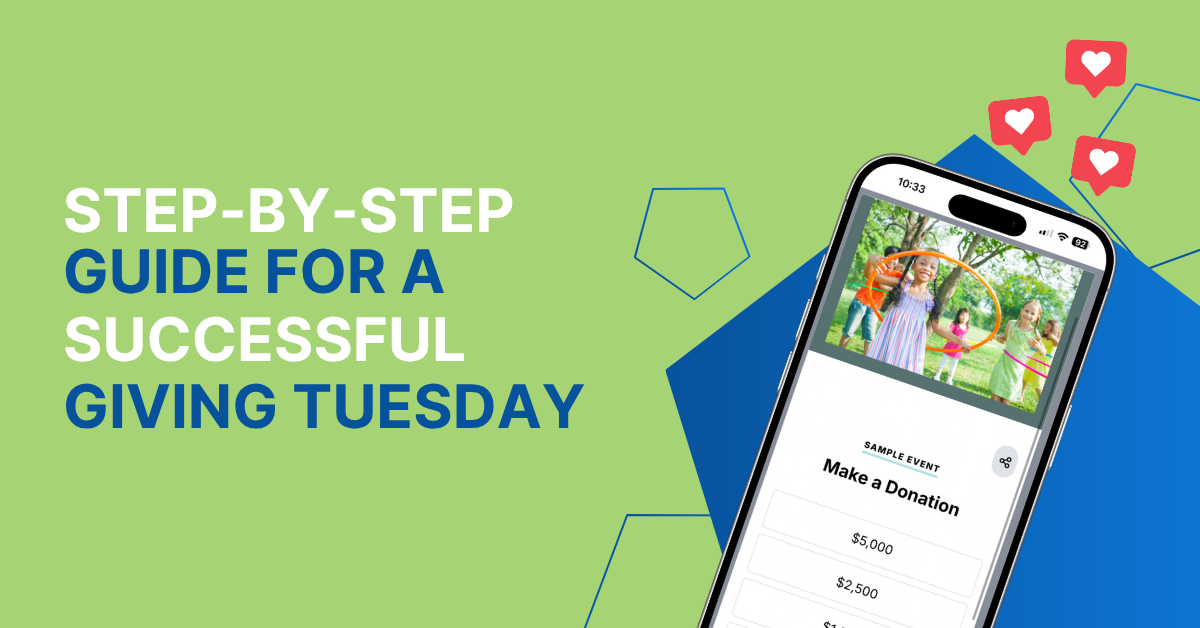
Engaging Millennial, Gen X, and Gen Z Donors: The New Age of Philanthropy
October 27, 2023Traditional fundraising methods need new consideration for Millennials, Gen X, and Gen Z when compared to other generations such as Baby Boomers. These up-and-coming generations are ushering in a new charitable giving landscape, changing more quickly than ever with their use of technology and the way they view charity involvement.
It is the responsibility of nonprofits to recognize that the demographic makeup of their donor base is changing, and how these generations want to be engaged with the causes they support. Here’s what you should know about these generations of donors and how you can get them actively involved with your organization.
The Numbers Behind Younger Donors
Millennials make up an estimated 26% of the population. They are the most educated generation in history and are described as digital natives or technology lovers. They are also generally considered to be fiscally conservative.
Millennials also have some unique giving patterns; over 84% of Millennials make a donation to charity each year, and on average, Millennials give to about three charities per year. They also emphasize charitable giving; over 20% of them want recognition for their philanthropy.
The Generation X donor group is significantly smaller in size than both the Baby Boomers and Millennials, but Gen Xers currently have the most spending power. They respond to tangible results that show the impacts of their donations. Whether they are graphs or pictures, Gen X likes to see the effects of their donations. Crowdfunding campaigns for example offer great transparency due to their online nature and ability to be updated regularly with new information. Currently, 45% of Gen X have made a donation to a crowdfunding campaign, and 56% of Generation X will attend fundraising events. This means, a coordinated campaign that includes crowdfunding and events is key to properly engaging your younger generations.
Interestingly, when it comes to communication methods for millennials, Gen Z, and Gen X, text messaging proves the most effective. This is because email campaigns are more likely to be considered spam by these individuals. QR codes at events are also an effective solution for engaging with the younger generations when compared to email.
Reaching Younger Generations Via Modern Fundraising Techniques
With recent generations more focused on efficiency and technology, it is clear that nonprofits need to break free from traditional models when planning their fundraising calendar. Mailers, billboards, and form letters should give way to a blended strategy of a few in-person events, digital campaigns, specifically crowdfunding.
This method allows organizations to take advantage of the diverse reasons Millennials and Generation X members donate to charities. Crowdfunding platforms such as GoFundMe, Kickstarter, and Indiegogo continue to garner popularity because there is a noticeable increase in the number of people from these generations who are contributing. When focusing on nonprofit event fundraising, there are many options to combine crowdfunding with in-person fundraising events. Check out our blog on 5 companies to look at.
In addition, with 30% of all annual giving taking place in December, launching a crowdfunding campaign during the year's busiest donations period can offer a considerable amount of assistance to a nonprofit's year-end efforts. Some charities have conducted in-person galas in the fall months and used the data gathered to put up and promote a year-end campaign.
Gen Z Donor Trends and Social Media Paradigm
This incredibly college-educated and socially conscious generation of young Americans is, not surprisingly, one of the most charitable generations in existence, even at their current lower discretionary income — when compared to Gen X and Baby Boomers. Gen Z spend significant time online — which means they are bombarded with content from a variety of other sources. Any content for this generation should be sharp and feel determined to be concise in order to break through the online noise.
It has become very clear that YouTube, Instagram, and TikTok are essential to the giving behavior of younger generations. In fact, an astonishing 59 percent of Gen Z are donating money because they watched something on social media. Therefore, charities should establish a following on the platform, choose a topic or style, and be known for that. For example, when you follow a specific influencer because of their “dad jokes”, the repetitive material keeps you engaged and reinforces their brand.
Utilize the Power of Digital Storytelling
Both Millennials and Gen X are deeply motivated by observing actual impact. They want to see the difference their contributions are making. Digital storytelling, fueled by platforms like YouTube, Instagram, and now TikTok, can be an extremely effective way to demonstrate the concrete results of their donations. Forbes even points out that the Millennial generation is not only highly educated but also "the most tech-savvy generation, which is why video can be such a compelling method of communication to reach Millennial donors and supporters."
Nonprofits can tap into both Millennials' desire for deep, meaningful engagement, as well as Gen X's affinity for seeing visual proof of impact, by presenting both generations with visual evidence in engaging formats and channels, such as powerful stories or highly detailed infographics posted to Instagram or YouTube.
Engaging Gen Z and Their Digital World
Despite having less financial stability than older donors, a surprising number of younger donors regularly make donations. Their true digital nativity has significant upsides for nonprofits. If messaging meant to catch them at the beginning of their donation journey is received, it is remembered. All the more reason to pick a communication strategy that is entertaining and consistent.
Messaging to Gen Z donors must be straightforward, catchy, passionate, and fluff-free. One lesson learned from content marketing is that Gen Z is just like all other donors - expecting that the organization’s visual work being created mirrors the material with which donors engage on YouTube or Instagram. In essence, matching your longer format material at fundraising events with your short content on social channels.
Younger donors are also more likely to donate to the developing world and in support of global issues when compared to previous generations. It is beneficial to develop outreach with a global resonance through such ideas as international days of observance, partnerships with globally influential celebrities, or even powerful stories of impact that might have taken place elsewhere in the world.
Finally, a non-negotiable factor in Gen Z's life is the power of peer influence. This is fundamentally what's called peer-to-peer fundraising. Seeing their friends contribute to a particular cause is a top reason why nearly half of Gen Z makes regular donations. Encouraging new donors to raise awareness, socially share fundraisers, and pair them with the reasons why they personally wanted to get engaged with a charitable endeavor could pay off with a huge marketing multiplier.
The Future is Now for Nonprofits
Working in digital storytelling, going where the eyes are, understanding the power of peer influence, and developing messages that resonate globally are no longer recommendations or even best practices. They are prerequisites.
At ClickBid, we strive to provide event fundraising tools to help you engage your donors online, in person, and through peers. Contact us today to learn how we do this.
Get The Latest Updates
Subscribe To Our Monthly Newsletter
No spam, notifications only about new products, updates.
Become a subscriber
Subscribe to our blog and get the latest updates straight to your inbox.

